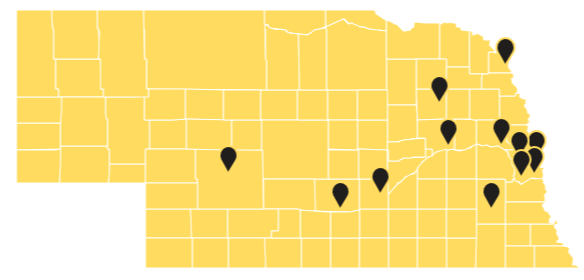Grading Nebraska's Dress Codes
All students deserve fair opportunities to learn and succeed. They all should feel welcome and supported in our schools. Gendered dress codes and uneven enforcement of dress codes directly contradict those goals.
With a new school year underway, the ACLU of Nebraska set out to grade dress codes in Nebraska's largest public school districts, examining district and school level policies. Each dress code policy needed significant improvement, so rather than going district by district, this report card focuses on problematic themes. Before you swipe through the results, read up on the impact of gendered dress codes.
Jump to section
Jeopardizing Student Success
Gendered language in dress codes and unequal enforcement subject girls to discipline, humiliation and anxiety; force them to miss class time; and damage their sense of belonging in school. Gendered dress codes also invite biased enforcement against nonbinary, transgender and gender-nonconforming students. Further, studies show that dress codes are often enforced disproportionately against Black girls and other students of color because of intersecting race and sex stereotypes. Although the Nebraska public school district policies in this report card do not explicitly apply different standards to students based on gender, many of the dress codes contain provisions that have the potential to be inequitably enforced against girls, subject them to discriminatory discipline and put their access to equal educational opportunities at risk.
Rooted in Stereotypes
Dress codes should be written to support student expression, safety and the overall educational goals of the school. Instead, many dress codes policies are rooted in harmful stereotypes. They imply that girls’ bodies are shameful, distracting to other students, need to be covered, must be more regulated than boys’ bodies, and that girls can’t make their own decisions about their clothing.
Dress Code Report Card ('22-'23 school year)
The report card below compares the policies of the school districts with best practices in school dress code policies. By studying up on these best practices and amending dress code policies, Nebraska schools could take an important step in dismantling harmful stereotypes and ensuring more equitable educational opportunities for all students.

